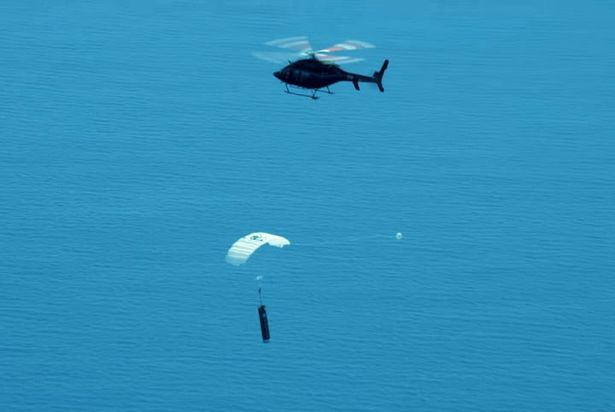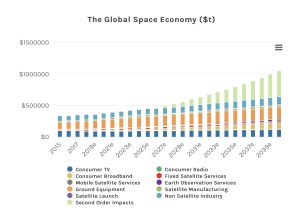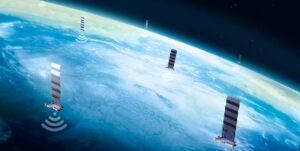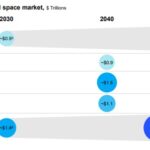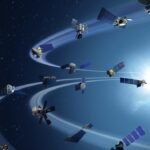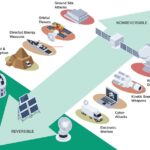For the first time, Rocket Lab will attempt a mid-air helicopter capture of an Electron rocket as it returns to Earth from space, furthering the company’s program to make Electron the first reusable orbital small launch vehicle.
The “There and Back Again” mission, Rocket Lab’s 26th Electron launch, will lift off from Pad A at Launch Complex 1 on New Zealand’s Māhia Peninsula within a 14-day launch window scheduled to commence on April 19, 2022, UTC. Electron will deploy 34 payloads from commercial operators Alba Orbital, Astrix Astronautics, Aurora Propulsion Technologies, E-Space, Unseenlabs, and Swarm Technologies via global launch services provider, Spaceflight Inc. The launch is expected to bring the total number of satellites launched by Electron to 146.
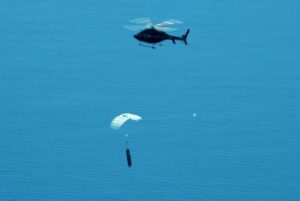
For the first time, Rocket Lab will also attempt a mid-air capture of Electron’s first stage as it returns from space after launch, the next major step in the Company’s development program to make Electron a reusable rocket. Rocket Lab will be attempting the catch with a customized Sikorsky S-92, a large, twin engine helicopter that is typically used in offshore oil & gas transport and search and rescue operations.
Catching a returning rocket stage mid-air as it returns from space is a highly complex operation that demands extreme precision. Several critical milestones must align perfectly to ensure a successful capture.
- Recovery Mission Profile:
- Approximately an hour prior to lift-off, Rocket Lab’s Sikorsky S-92 will move into position in the capture zone, approximately 150 nautical miles off New Zealand’s coast, to await launch.
- At T+2:30 minutes after lift-off, Electron’s first and second stages will separate per a standard mission profile. Electron’s second stage will continue on to orbit for payload deployment and Electron’s first stage will begin its descent back to Earth reaching speeds of almost 8,300 km (5,150 miles) per hour. The stage will reach temperatures of around 2,400 degrees C (4,352 F) during its descent.
- After deploying a drogue parachute at 13 km (8.3 miles) altitude, the main parachute will be extracted at around 6 km (3.7 miles) altitude to dramatically slow the stage to 10 meters per second, or 36 km (22.3 miles) per hour.
- As the stage enters the capture zone, Rocket Lab’s helicopter will attempt to rendezvous with the returning stage and capture the parachute line via a hook.
- Once the stage is captured and secured, the helicopter will transport it back to land where Rocket Lab will conduct a thorough analysis of the stage and assess its suitability for reflight.
“We’re excited to enter this next phase of the Electron recovery program,” said Rocket Lab founder and CEO, Peter Beck. “We’ve conducted many successful helicopter captures with replica stages, carried out extensive parachute tests, and successfully recovered Electron’s first stage from the ocean during our 16th, 20th, and 22nd missions. Now it’s time to put it all together for the first time and pluck Electron from the skies. Trying to catch a rocket as it falls back to Earth is no easy feat, we’re absolutely threading the needle here, but pushing the limits with such complex operations is in our DNA. We expect to learn a tremendous amount from the mission as we work toward the ultimate goal of making Electron the first reusable orbital smallsat launcher and providing our customers with even more launch availability.”
Rocket Lab has previously conducted three successful ocean recovery missions where Electron returned to Earth under parachute and was recovered from the ocean. Analysis of those missions informed design modifications to Electron, enabling it to withstand the hard re-entry environment, and also helped to developed procedures for an eventual helicopter capture.
